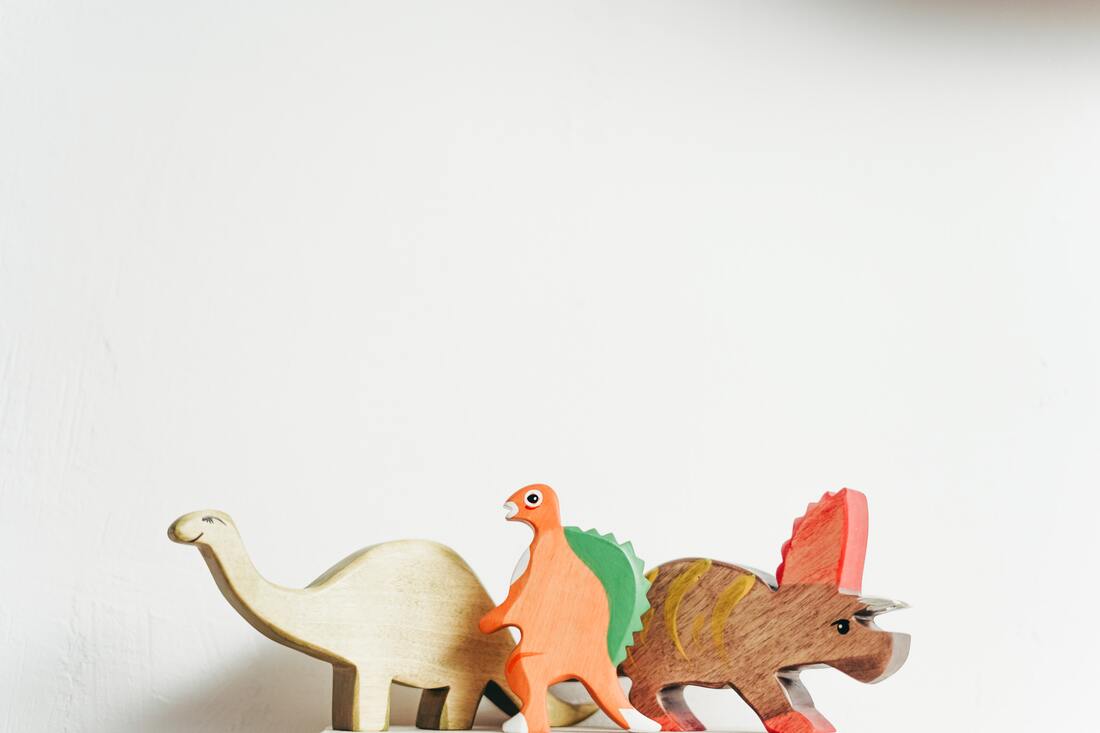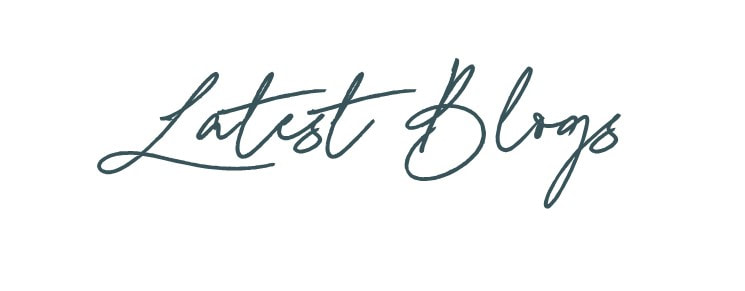|
In Child Centered Play Therapy the intervention is the relationship as well as the specific set of skills that help a therapist know what to say about the play and when (check out my free download of all of the Child Centered Play Therapy Skills HERE).
But….then how do you make sense of it all? What were they actually communicating? How do you know if they are making progress?! Whew… those are all excellent questions. Let’s start with the great news - you do not need to know exactly why a child is playing a specific way or what their play actually means. We can still be effective therapists by focusing on the relationship and the CCPT skills and facilitative responses within the session. In Gary Landreth’s text Play Therapy and the Art of the Relationship there are 4 pages dedicated to themes in play therapy in a 403 page text book. In Child Centered Play Therapy by Rise VanFleet, Andrea Sywulak, and Cynthia Caparosa Sniscak there are 14 pages out of a 223 page text. In short - the thing that I wanted to know MOST about when I started doing Child Centered Play Therapy doesn’t exactly have a ton of information I could dive into. I think over the years of doing CCPT this is why I have gravitated to CE courses, texts, and trial and error to hone this skill in the Playroom as much as I could. On the other hand, it probably isn’t the best idea to throw the idea of themes out the window completely. That's probably why your reading, right? I am a strong believer that understanding a child’s play themes helps us to be a more effective play therapist by having more accurate and on target facilitative responses. And at the same time, two children could play out similar play sequences and have it mean completely different things. The two text above are what I have used as my guide as a Child Centered Play Therapist, and from these foundational texts I wanted to share with you 3 ways you can tell in the Playroom if a child is playing out a theme in Child Centered Play Therapy: There is a sudden change in intensity in the play A child may shift play to a higher level of intensity or become very focused on the specific play. This is why it is so necessary to be in tune with your nervous system to be able to be present and attuned to the child’s nervous system in the Playroom. There is repetition of the play sequence This could either be a repetition between sessions or multiple courses of the same play within sessions. Think battle sequences that repeat or feeling like you are seeing the same moving 1,000 times in the playroom! Play that continues from session to session This is when the child comes in and picks right back up where they left off. The amazing part about this is during the pandemic when children had been playing virtual for a year and a half when they returned to my Playroom they picked up the same play they had left off with in our last in office session! This is definitely not a comprehensive list AND it is also important to note that whatever facilitative responses you are making with the play themes in mind - the goal is to help move the child forward in play! What other things do you notice that indicates your clients are in a play theme? Drop a comment below! Looking for more support in your Child Centered Play Therapy practice? Check out Child Centered Play Therapy: Troubleshooting the 13 Biggest Stuck Points!
2 Comments
Joy Moore
4/27/2022 05:04:01 am
I find my curiosity piqued and then feel that scientist/analysis check in. I am awe at witnessing the human (however young) processing their experience through play or art.
Reply
Ann Meehan
4/27/2022 07:55:42 am
Yes Joy I completely agree!! It is an amazing experience to see the expression of inner states and processing through play!
Reply
Leave a Reply. |
Hi, there!I'm Ann Meehan, an LPCC, Loading... Archives
July 2024
Categories
All
|
Privacy Policies | Terms of Use | Disclaimer
Contact
[email protected] | Copyright Meehan Mental Health Services 2022
Contact
[email protected] | Copyright Meehan Mental Health Services 2022





